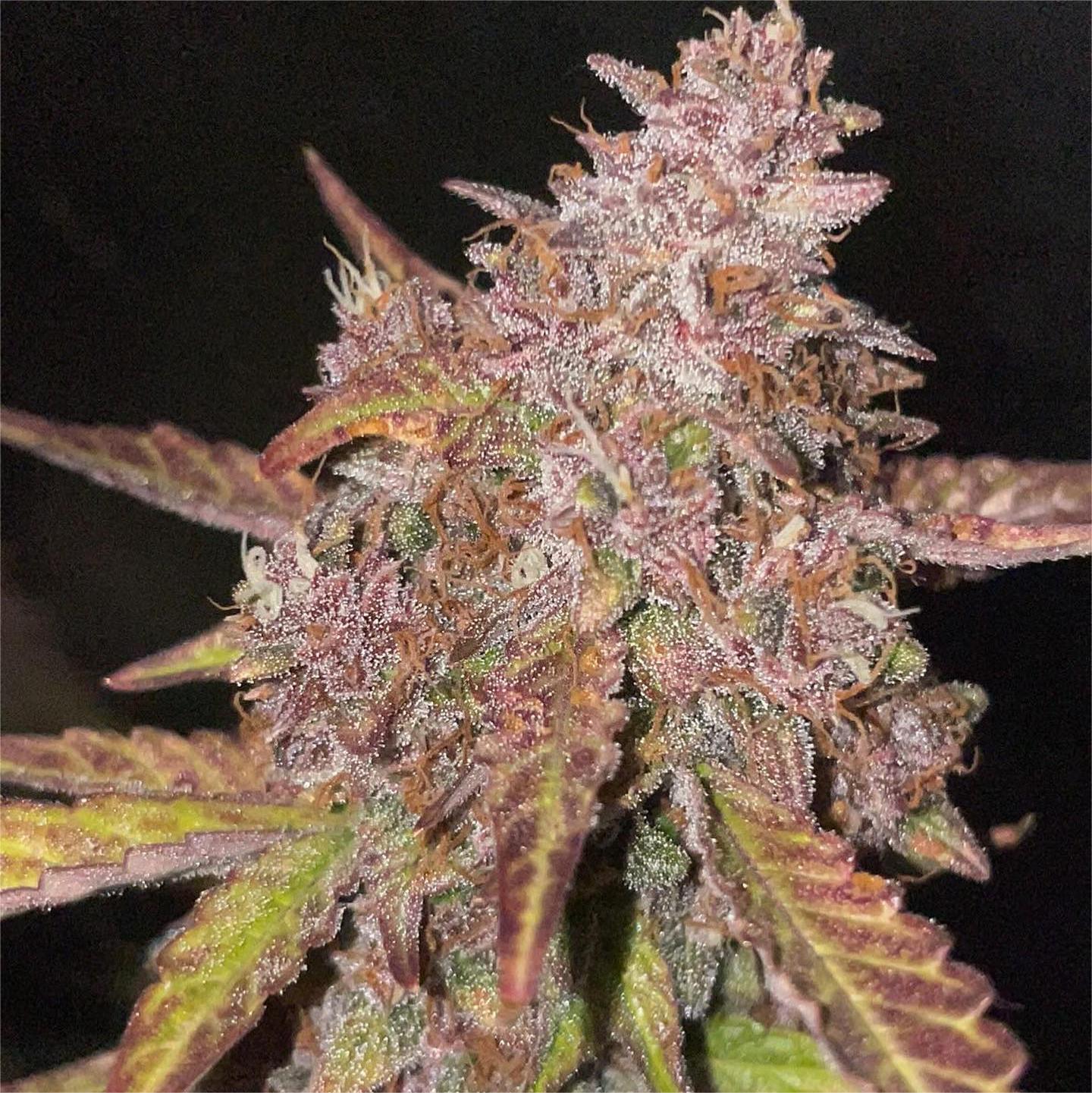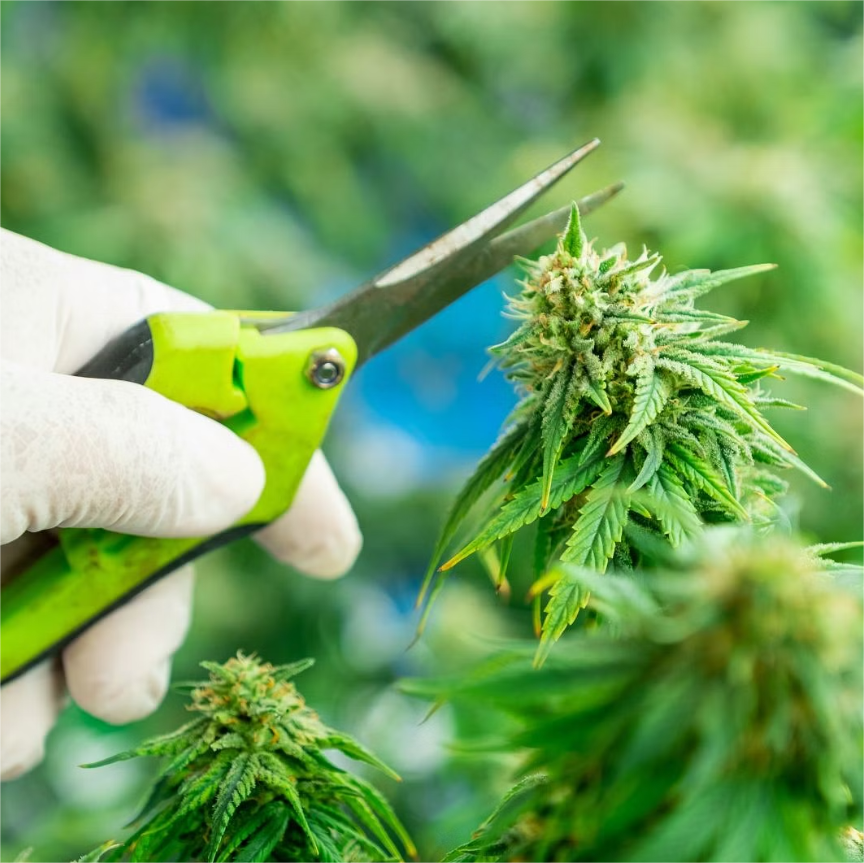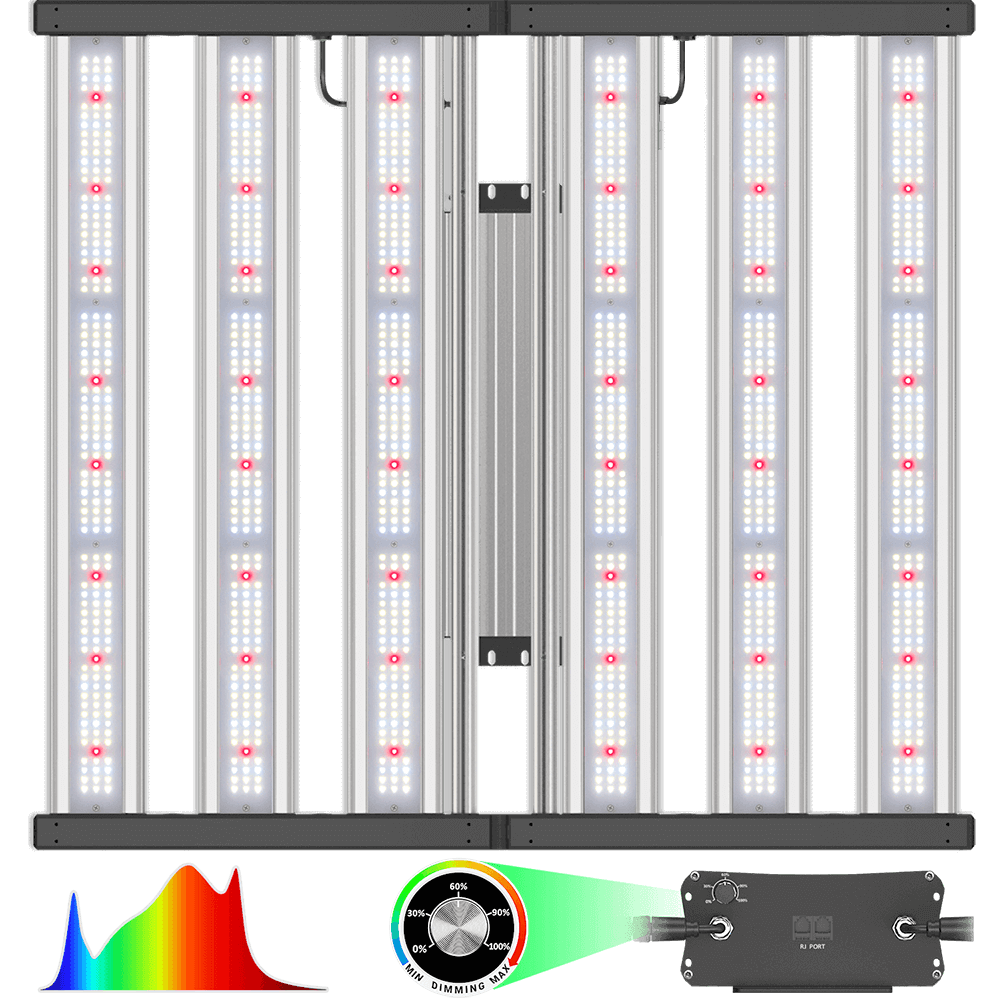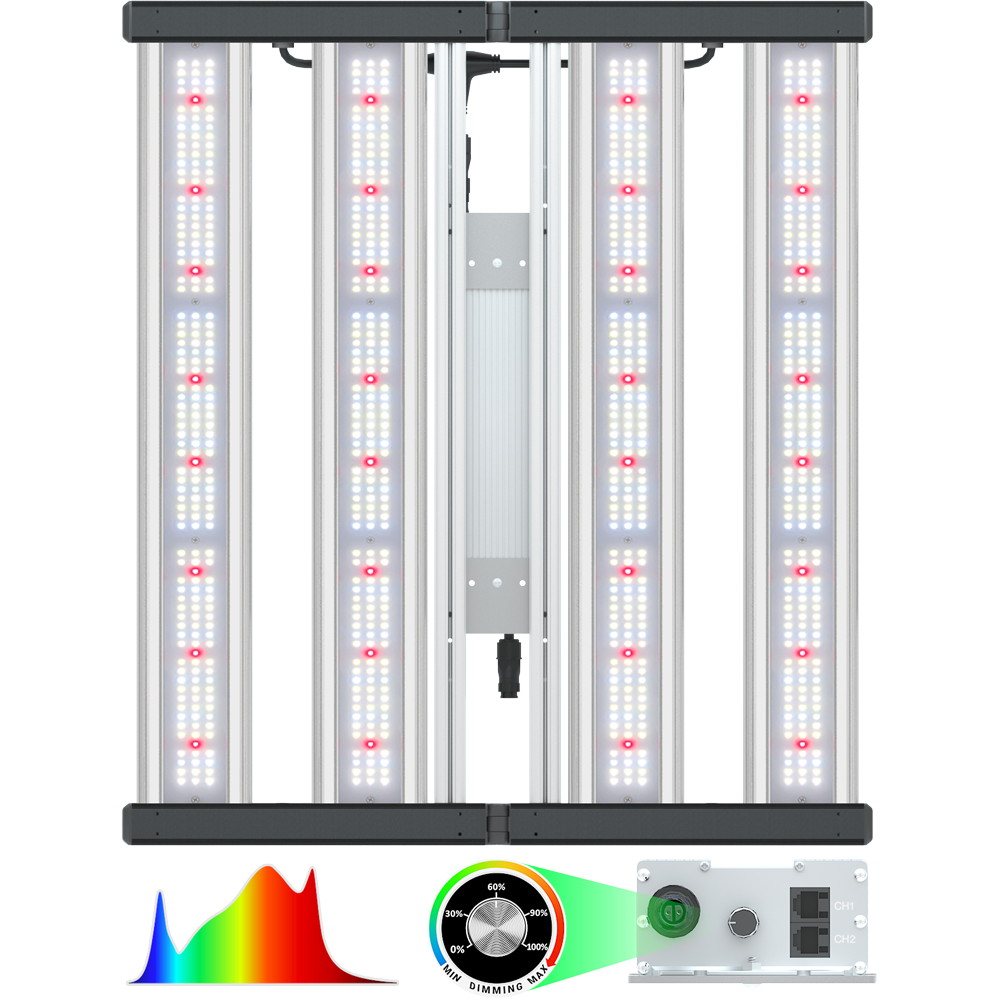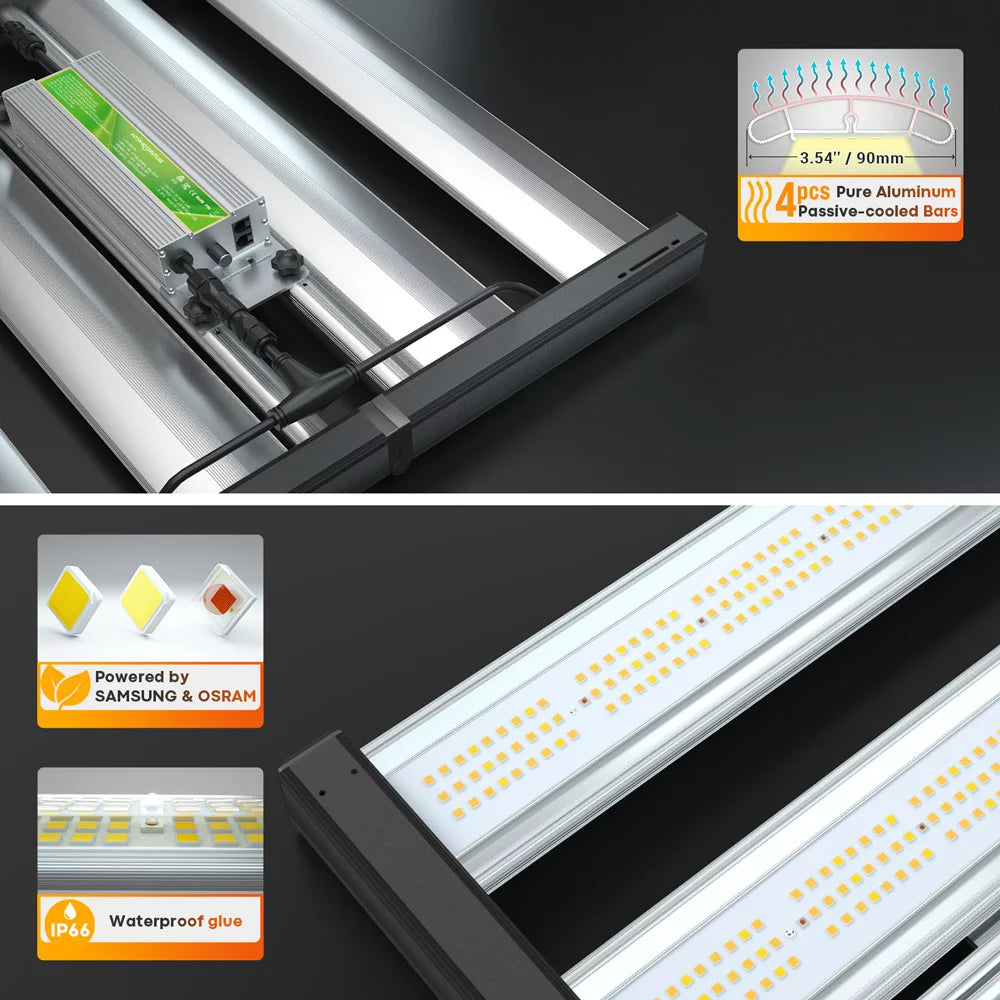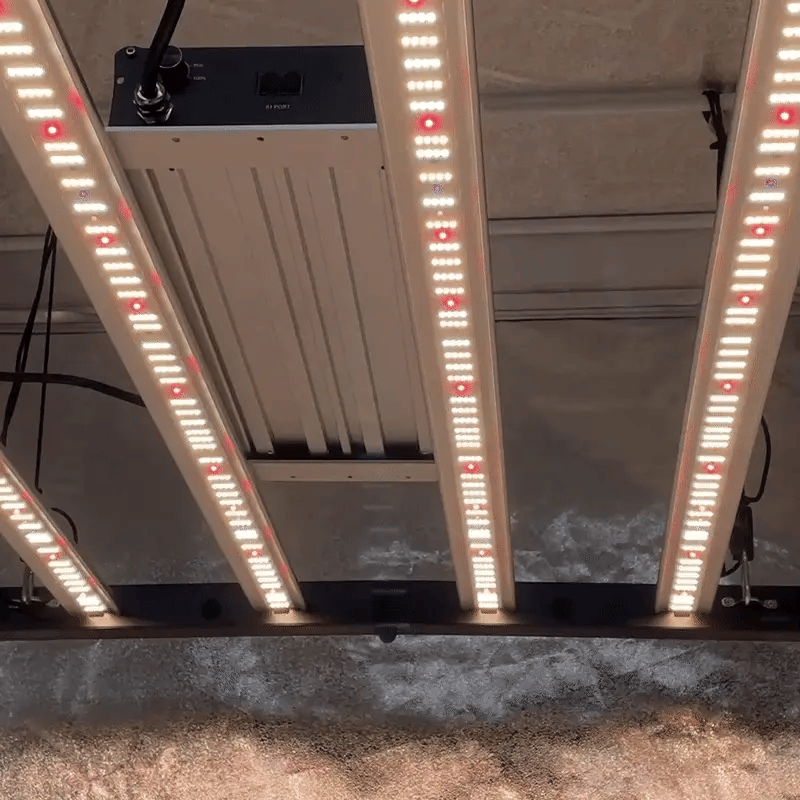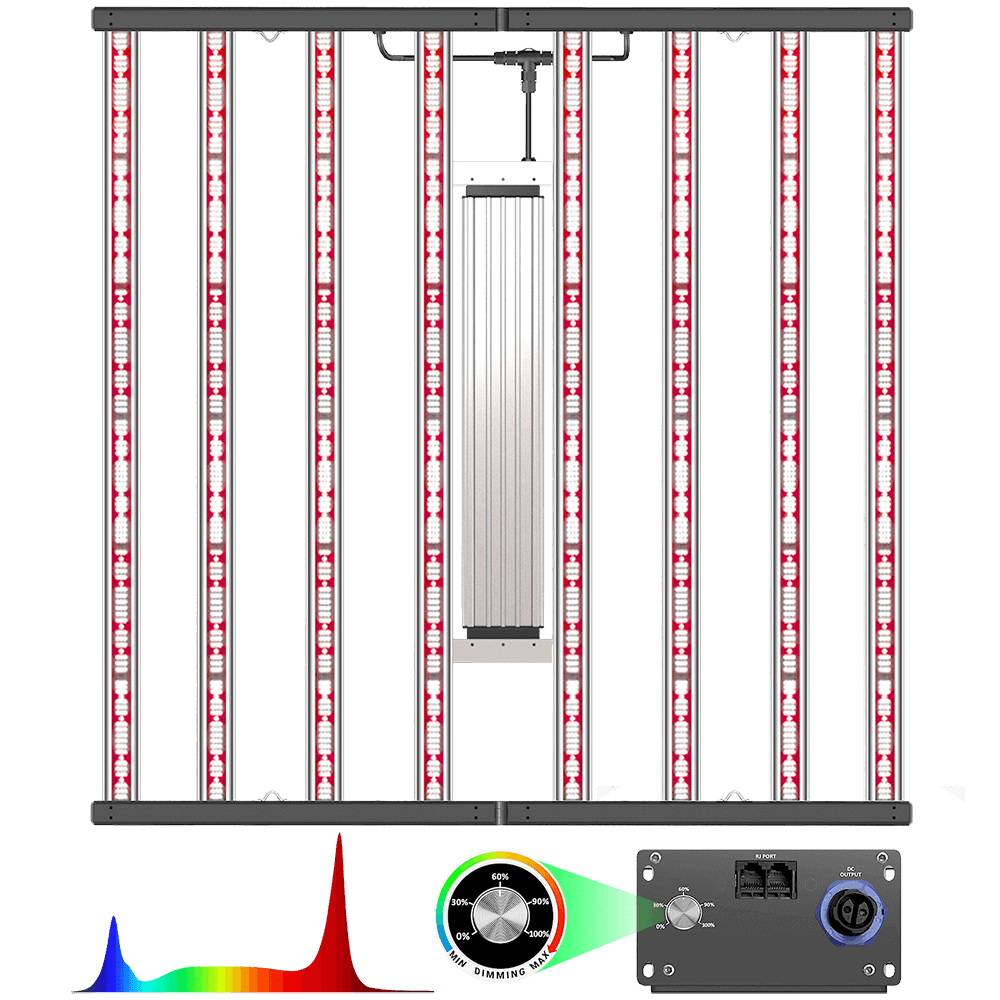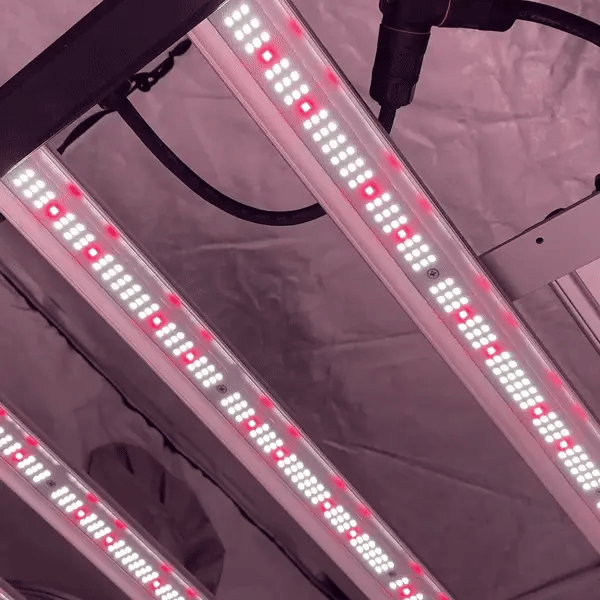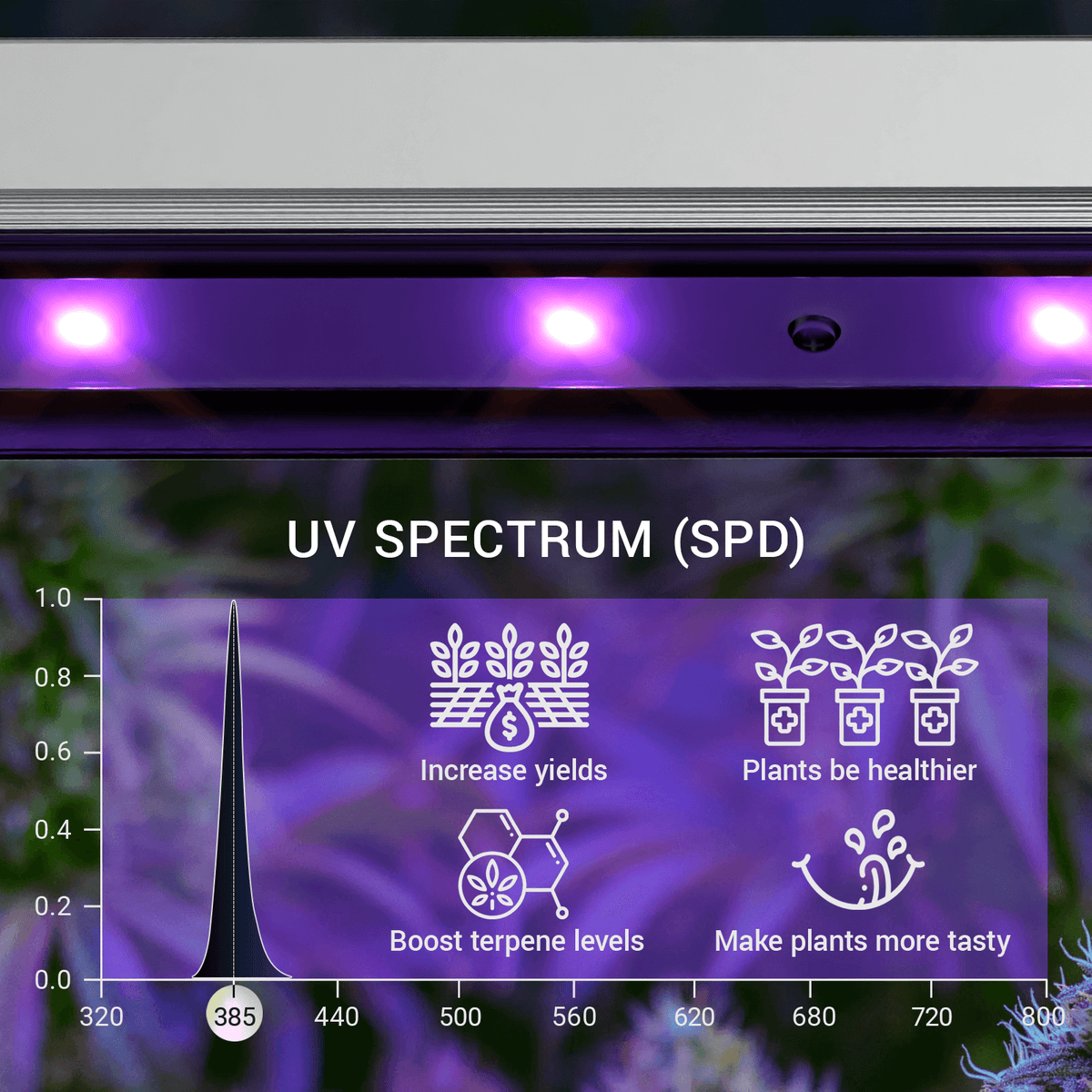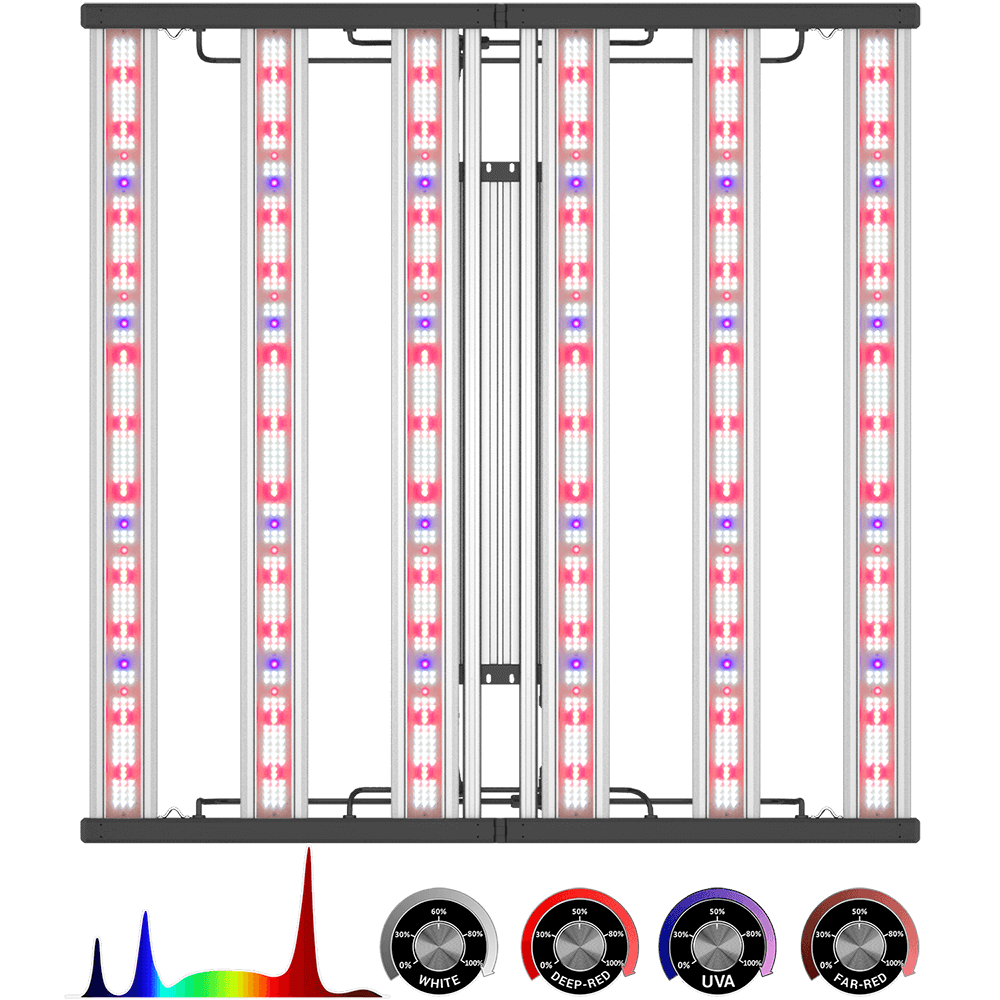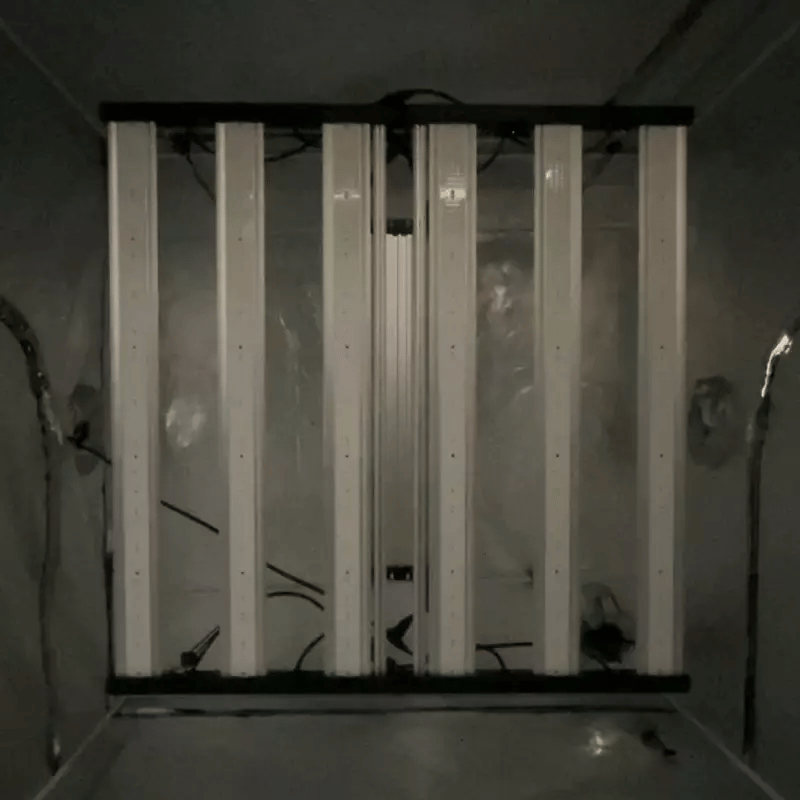Maximizing Airflow: How to Keep Your Cannabis Grow Room Well Ventilated
Creating an ideal environment for your cannabis plants is crucial for their growth and overall success. Adequate ventilation plays a vital role in maintaining optimal conditions within your grow room. Good airflow helps control temperature, humidity, and carbon dioxide levels while preventing the buildup of stale air and the risk of pests or diseases. In this blog post, we'll explore essential tips and strategies to help you keep your cannabis grow room well ventilated for healthy and thriving plants.Assess Your Space:
Before setting up your grow room, carefully assess the available space and consider its layout. Determine the size of the room and the number of plants you plan to cultivate. This evaluation will help you choose the right ventilation equipment and design an effective airflow system.
Invest in an Exhaust Fan:
An exhaust fan is a vital component of your ventilation system as it helps remove stale air, heat, and humidity from the grow room. Place a high-quality exhaust fan near the top of the room to expel warm air that naturally rises. Ensure that the capacity of the fan matches the size of your space, allowing for efficient air exchange. Consider using a fan speed controller to adjust the airflow according to the specific needs of your plants during different growth stages.
Establish Intake Points:
To maintain proper airflow, establish intake points in your grow room. These can be vents or fans placed near the bottom of the room to draw in fresh air. Intake points ensure a balanced exchange of air and prevent negative pressure from hindering proper ventilation. Consider directing intake points toward areas with good air quality or installing filters to ensure the air entering the grow room is clean and free from contaminants.
Utilize Carbon Filters:
Cannabis plants can emit strong odors, especially during the flowering stage. Incorporating carbon filters into your ventilation system can help mitigate unwanted smells. Carbon filters work by trapping and neutralizing odor-causing molecules as the air passes through them. Ensure that your exhaust fan is connected to a properly-sized carbon filter to effectively eliminate odors. Regularly replace the carbon filters according to the manufacturer's recommendations to maintain their efficiency.
Optimize Air Circulation:
In addition to an exhaust fan, promoting air circulation within the grow room is essential. Stagnant air can lead to uneven growth and an increased risk of pests or diseases. Install oscillating fans strategically to create gentle airflow that reaches all corners of the room. Proper air circulation strengthens plant stems, helps control temperature and humidity, and promotes healthy gas exchange necessary for photosynthesis.
Monitor Temperature and Humidity:
Maintaining the right temperature and humidity levels is crucial for optimal plant growth. Invest in reliable digital thermometers and hygrometers to monitor these parameters accurately. Adjust your ventilation system as necessary to keep the temperature within the desired range. If temperatures become too high, consider using additional cooling equipment such as air conditioners, evaporative coolers, or ventilation fans. Similarly, if humidity levels are too high, dehumidifiers can help maintain a healthy range and prevent the growth of mold or mildew.
Regular Maintenance and Cleaning:
To ensure continuous and efficient ventilation, regular maintenance and cleaning are necessary. Clean your fans, filters, and air ducts regularly to remove dust and debris that can obstruct airflow. Check for any leaks, cracks, or blockages in your ventilation system and address them promptly. Keep the grow room and its surroundings clean and organized, minimizing the risk of pests and pathogens.
Maintaining proper ventilation in your cannabis grow room is essential for healthy plant growth and successful cultivation. By implementing the right ventilation equipment, utilizing exhaust fans, intake points, and carbon filters, optimizing air circulation, monitoring temperature and humidity, and conducting regular maintenance

